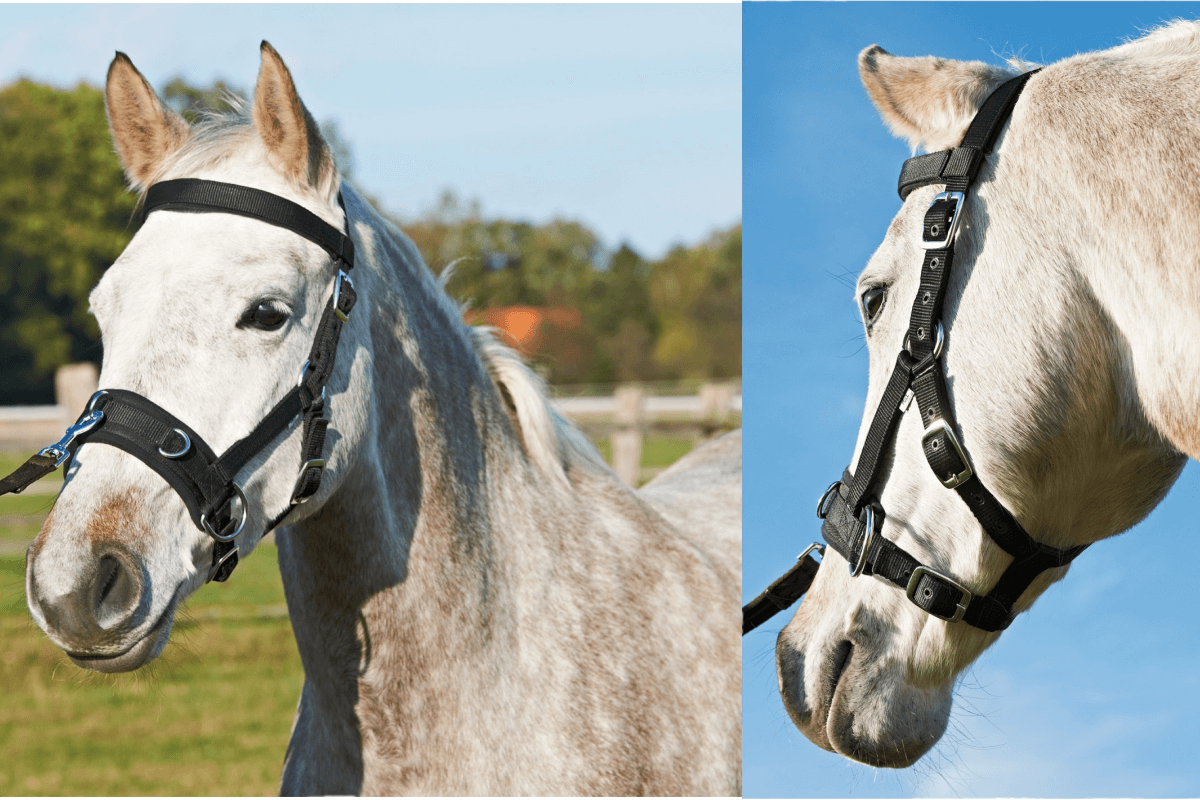Infolinia 9-17 (pon. - pt.)
Infolinia 9-17 (pon. - pt.)
Ilość
Razem

Kontynuuj zakupy Idź do koszyka
Menu
- Siodła>
- Wszystkie produkty: Siodła
- Siodła ujeżdzeniowe
- Siodła ujeżdżeniowe dostępne od ręki
- Siodła ujeżdżeniowe używane
- Siodła skokowe
- Siodła skokowe dostępne od ręki
- Siodła skokowe używane
- Siodła rajdowe
- Siodła wszechstronne
- Siodła pony
- Siodła dla dzieci
- Siodła do hipoterapii
- Siodła wkkw
- Pokrowce na siodła
- Podkładki pod siodło
- Prestige siodła
- Siodła używane
- Siodła nowe dostępne w 24h
- Siodła Prestige Italia AS-X
- Wszystkie produkty: Dla jeźdzca
- Czapsy
- Wszystkie produkty: Kaski jeździeckie
- Kaski jeździeckie dostępne od ręki
- Kaski jeździeckie KEP dostępne od ręki
- Kaski jeździeckie Samshield dostępne od ręki
- Kaski jeździeckie KEP
- Kaski jeździeckie Samshield
- Kaski jeździeckie KASK
- Kaski jeździeckie Casco
- Kaski jeździeckie z brokatem
- Kaski jeździeckie UVEX
- Kaski jeździeckie Freejump
- Kamizelki jeździeckie ochronne
- Płaszcze do jazdy konnej
- Skarpety jeździeckie
- Inne>
- Baty i palcaty
- Jazda konna
- Wszystkie produkty: Dla konia
- Wszystkie produkty: Ochraniacze
- Ochraniacze skokowe
- Ochraniacze ujeżdżeniowe
- Ochraniacze treningowe
- Ochraniacze transportowe
- Ochraniacze na ogon
- Kaloszki dla konia
- Buty dla koni
- Ochraniacze z futerkiem
- Ochraniacze komplety
- Ochraniacze przód
- Ochraniacze tył
- Ochraniacze żelowe
- Ochraniacze Eskadron
- Ochraniacze Veredus
- Ochraniacze magnetyczne
- Ochraniacze stajenne
- Ochraniacze Zandona
- Nauszniki
- Strzemiona
- Puśliska
- Hacele
- Uwiązy
- Maszynki do golenia koni
- Dla psa
- NOWOŚCI
- Kolekcje>
- Wszystkie produkty: Kolekcje
- Wszystkie produkty: Wyprzedaże
- Eskadron Classic Sports 2025
- Eskadron Heritage 2024
- Animo Zima 2024
- Eskadron Platinum 2024
- Pikeur Zima 2024
- Kingsland Zima 2024
- Eskadron Dynamic 2024
- Animo Lato 2024
- Kingsland Lato 2024
- Eskadron Classic Sports 2024
- Pikeur Lato 2024
- Horze Lato 2024
- Horze Zima 2023/24
- Animo Zima 2023
- Equiline Zima 2023
- Kingsland Zima Update 2023
- Pikeur Zima 2023/24
- Kingsland Zima 2023
- Kingsland Dressage Zima 2023
- Samshield Lato 2023
- Anna Scarpati Lato 2023
- Animo Lato 2023
- Pikeur Lato 2023
- Equiline Lato 2023
- Kingsland Lato Update 2023
- Kingsland Dressage Lato 2023
- Kingsland Lato 2023
- Horze Lato 2023
- Eskadron Platinum 2022
- Horze Zima 2022/23
- Anna Scarpati Zima 2022/23
- Animo Zima 2022/23
- Equiline Zima 2022/23
- Samshield Zima 2022/23
- Kingsland Dressage Zima 2022/23
- Kingsland Zima Update 2022/23
- Kingsland Zima 2022/23
- Pikeur Zima 2022/23
- HKM Jesień 2022
- Samshield Lato 2022
- Animo Lato 2022
- Kingsland Lato 2022
- Kingsland Dressage Lato 2022
- Kingsland Lato Update 2022
- Horze Lato 2022
- Samshield Zima 2021/22
- Equestrian Fanatics Zima 2021/22
- Pikeur Lato 2022
- Animo Lato 2021
- Eqode
- HKM>
- Absorbine
- Acavallo
- Adamsbro
- Animo
- Anna Scarpati
- Black Horse
- Bucas
- Busse
- B Vertigo
- Cambio
- Casco
- Ceecoach
- Comodo
- Dainese
- DeNiro
- Doctor Horse
- Elt
- Eqode
- Equiline
- Equishop
- Eskadron
- Freejump
- Hippica
- Heiniger
- Hepp
- HKM
- Horze
- Keralit
- Kingsland
- Likit
- Limo Bits
- LPC
- Magic Brush
- Makebe
- Mattes
- Moel
- Over Horse
- Pavo
- Petrie
- Pikeur
- Prestige Italia
- Renaissance
- Rubin Royal
- Roeckl
- RSL
- Samshield
- Sergio Grasso
- Signs
- Spooks
- Tech Stirrups
- Tricolore by DeNiro
- Torpol
- True Rider
- Uvex
- Vestrum
- Veredus
- Wildhorn
- Wintec
- Wintec Lite
- Zandonà
- PROMOCJE







